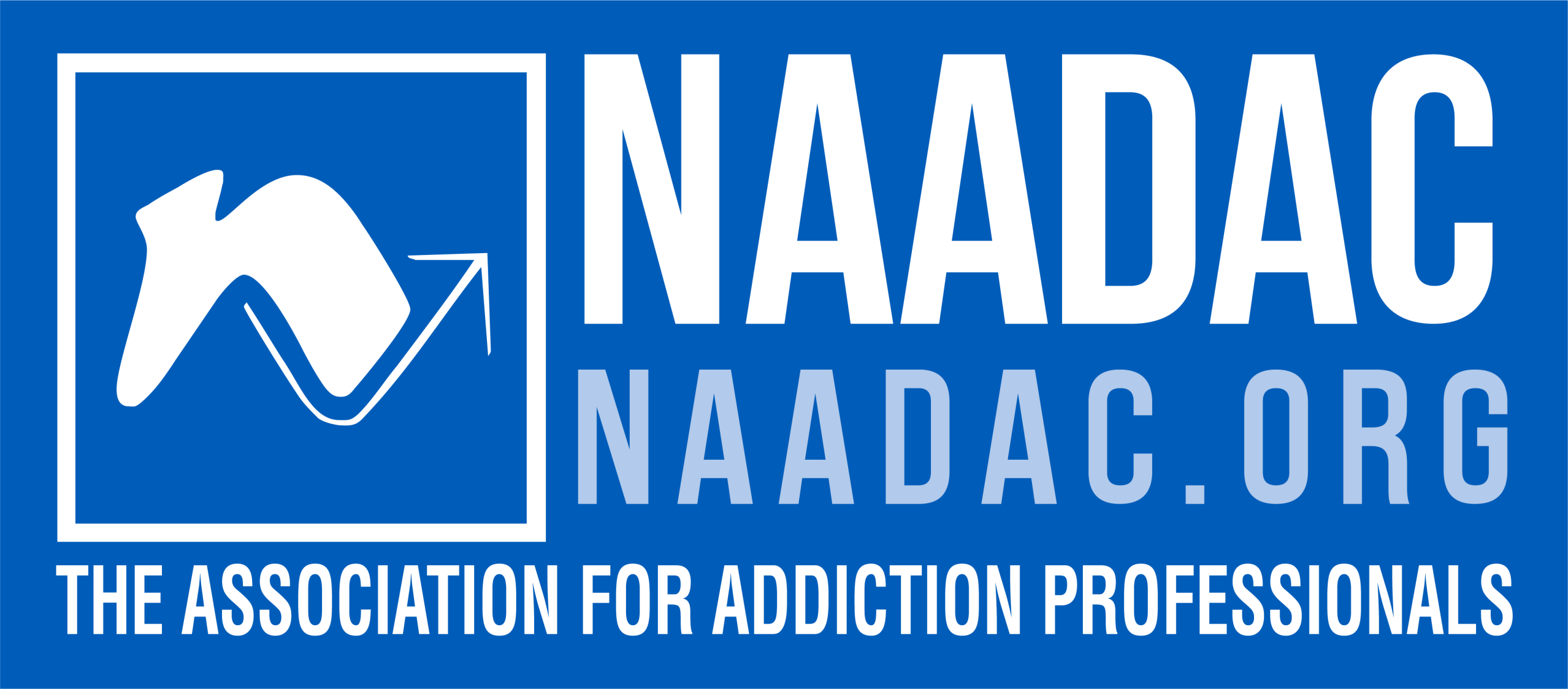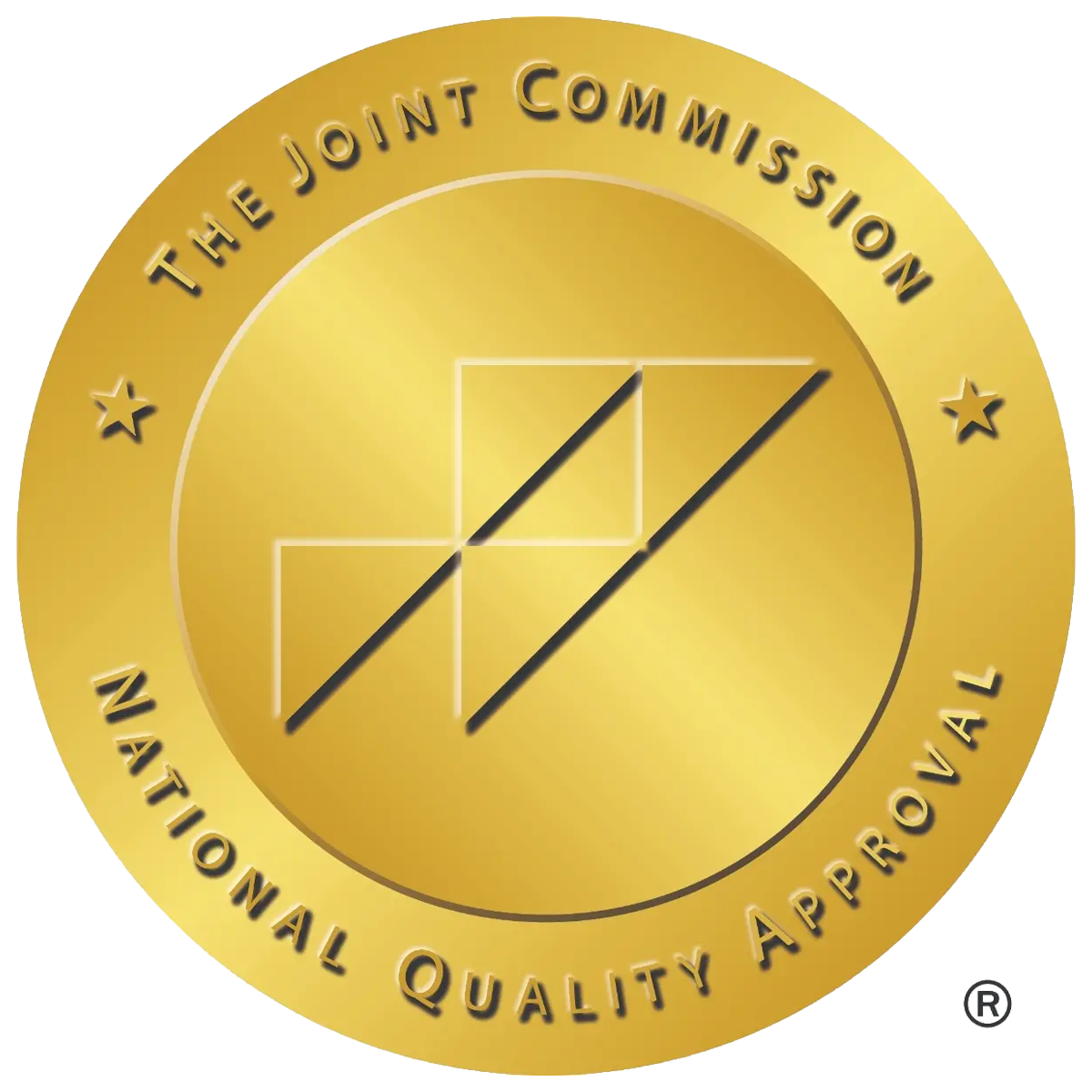Serax Addiction: Withdrawal, Detox, and Treatment Help
GET HELP TODAY!
100% Confidentiality Guaranteed


What Is Serax (Oxazepam)?
Serax (oxazepam) is a prescription drug in the benzodiazepine class. It’s typically prescribed for anxiety, sleep problems, and alcohol withdrawal symptoms. Doctors may also use it off-label to treat other mental health conditions such as PTSD or social anxiety.
Serax works by boosting the effect of GABA, a calming brain chemical. This reduces nervous system activity, helping people feel relaxed and sleep better.
The drug comes in capsule or tablet form, usually taken several times a day. Though it is considered safer than some other benzodiazepines due to how it breaks down in the body, it can still lead to physical dependence and addiction when misused.










Is Serax Addictive?
Yes. Like other benzodiazepines, Serax can be addictive, especially if taken in higher doses or over a long period. Serax is a Schedule IV controlled substance in the United States, meaning it has accepted medical uses but also potential for abuse.
Many people misuse Serax along with other drugs or alcohol. This is known as polydrug use. When combined with opioids or alcohol, Serax becomes even more dangerous and increases the risk of overdose and death.
Slang Terms for Serax
Street names for benzodiazepines like Serax include:
- Benzos
- Tranks
- Downers
- Nerve pills
These terms are often used when the drug is sold illegally or abused recreationally.
How Common Is Serax Misuse?
According to the most recent National Survey on Drug Use and Health, about 5.4 million people in the United States misused prescription benzodiazepines like Serax in 2018. This shows how widespread the issue is, especially among young adults and individuals with substance use disorder (SUD).
Side Effects of Serax Abuse
Serax misuse can cause many negative effects, including:
- Dizziness
- Drowsiness
- Confusion
- Slurred speech
- Trouble thinking clearly
- Shaky hands
- Muscle weakness
- Changes in appetite
- Slow reaction time
In higher doses or with long-term use, more serious side effects can occur. These include memory problems, irregular heartbeat, or extreme fatigue. The side effects of withdrawal can be just as intense and often require medical care to manage safely.
Serax Withdrawal Symptoms
People who stop using Serax suddenly may experience painful withdrawal. Common Serax withdrawal symptoms include:
- Anxiety
- Irritability
- Trouble sleeping
- Muscle cramps
- Sweating
- Poor memory
- Restlessness
These symptoms may vary depending on the person’s medical conditions, dosage, and length of use. The severity of symptoms also depends on factors including age, overall health, and whether other substances were involved.
The Serax Withdrawal Timeline
Here is a general breakdown of the serax withdrawal timeline:
- 24–48 Hours: Symptoms like shakiness, sweating, and insomnia begin.
- 5–7 Days: Physical symptoms reach their peak, while cravings increase.
- 8–14 Days: Psychological symptoms worsen, including mood swings and restlessness.
- 15+ Days: Most symptoms ease, but post-acute withdrawal may continue for weeks.
Post-acute withdrawal can include emotional ups and downs, cravings, and fatigue. This stage requires continued care, especially for those with alcohol use disorders or co-occurring mental health conditions.
Can You Quit Serax Cold Turkey?
No. Medical professionals strongly advise against quitting Serax suddenly. Doing so can cause severe side effects of withdrawal and increase the risk of seizures or other health problems.
A safer option is to taper off Serax under medical supervision. This process is best managed in a medical detox program, where healthcare providers monitor symptoms and offer medications to reduce discomfort.
More Time. More Joy. More You. Start Now.
WE ACCEPT MOST INSURANCES







What Is a Medical Detox Program?
A medical detox program helps people stop using Serax in a safe, controlled environment. Medical professionals assess your health and create a personalized treatment plan.
Detox may include:
- Medical supervision
- Medication-assisted treatment
- Mental health support
- Monitoring for complications
This type of care provides stability and helps prepare patients for the next step in recovery.
Addiction Treatment Methods for Serax
Once detox is complete, long-term addiction treatment begins. The most effective programs combine evidence based treatment with support for lasting change.
Common addiction treatment methods include:
- Cognitive behavioral therapy (CBT)
- Group therapy
- Individual therapy
- Support groups
- Behavioral therapies
- Relapse prevention education
These methods help people understand their triggers, build coping strategies, and work toward long term recovery.
Treatment Options: Inpatient and Outpatient
Different levels of care are available based on your needs:
Inpatient Drug Rehab
Inpatient drug rehab involves staying at a treatment center full-time. It offers structured schedules, medical care, and around-the-clock support. This is often recommended for those with serious SUD or physical withdrawal symptoms.
Outpatient Drug Rehab
Outpatient drug rehab allows people to live at home while attending therapy sessions several times a week. It’s ideal for those who have strong support from family members and can manage their responsibilities during treatment.
Intensive Outpatient Program (IOP)
An intensive outpatient program is more structured than standard outpatient services. Clients attend therapy sessions multiple times a week. Many outpatient programs IOPs also offer medical care, peer support, and relapse prevention training.
These levels of care may be part of larger residential programs or used independently. The right option varies depending on your health issue, living situation, and personal goals.
Freedom Starts Here. Take Back Your Life Today.
Same-Day Admissions in Austin Available.
Role of Rehab Facilities
Rehab facilities provide a safe place for recovery. They offer access to:
- Licensed therapists
- Medical detox
- Counseling for co-occurring disorders SUD
- Daily group sessions
- Support groups and peer mentoring
The length of stay varies depending on the program offerings and the individual’s progress.
Paying for Treatment
The cost of treatment depends on:
- Type of program
- Level of care
- Location of the facility
- Insurance coverage
Most rehab facilities accept health insurance. Other payment options include:
- Sliding scale fees
- Payment plans
- Medical credit cards
- Scholarships from treatment centers
Check with a treatment advisor to see what services are covered and how to plan for expenses.
Continued Care and Relapse Prevention
After completing a treatment program, it’s important to stay engaged in recovery. Continued care includes:
- Weekly therapy sessions
- Regular support group meetings
- Check-ins with a healthcare professional
- Lifestyle coaching
This stage of the recovery process is crucial for relapse prevention.
Sober Living and Outpatient Setting Support
Some people choose to live in sober living homes after rehab. These homes offer structure and community in a drug-free environment. Residents often attend outpatient services and participate in intensive outpatient programs IOPs while living there.
This transitional housing supports independence while maintaining access to treatment.
Why Medical Supervision Matters
Having medical supervision during detox and early recovery reduces risks. It ensures that physical withdrawal symptoms are treated quickly and safely. It also gives patients access to behavioral therapies, emotional support, and treatment for mental health conditions.
When to Seek Treatment
If you’re struggling with Serax use, don’t wait. Symptoms can get worse over time. Getting help from trained professionals can make all the difference in your recovery journey.
Serax addiction can impact every area of life—from your physical health to your relationships. But with the right support, change is possible.
Call Nova Recovery Center at (512) 520-0255 to speak with a specialist today. Learn more about our inpatient and outpatient treatment options, medical detox program, and support services for Serax addiction. Most insurances accepted.
Serax FAQ
How long does oxazepam take to work for sleep?
When taken at bedtime, most people begin to feel effects in 30–60 minutes, with calming and sedation peaking a bit later. Because oxazepam isn’t mainly a sleep drug, talk with your prescriber about safer long-term strategies (e.g., CBT-I).
What are the side effects of oxazepam?
Common effects include drowsiness, dizziness, slowed reaction time, blurred vision, impaired coordination, and memory problems. Less common but important: confusion (especially in older adults), paradoxical agitation, dependence/withdrawal, and falls. Avoid driving until you know how you respond.
What should you not take with oxazepam?
Avoid combining oxazepam with other CNS depressants, including:
- Alcohol
- Opioids (e.g., oxycodone, hydrocodone)
- Other benzodiazepines or sleep meds (Ambien, Lunesta, Sonata)
- Sedating antihistamines (diphenhydramine, doxylamine) and muscle relaxants
- Gabapentinoids (gabapentin, pregabalin) unless your clinician directs it
These mixes raise the risk of dangerous sedation and breathing problems.
Is Xanax and oxazepam the same thing?
No. Both are benzodiazepines, but Xanax (alprazolam) is typically used for panic/anxiety with a faster onset, while oxazepam provides steadier calming and is commonly chosen for alcohol withdrawal management.
What is the generic name for oxazepam?
The generic name is oxazepam. The former brand name was Serax®; many pharmacies dispense it as a generic.
Can I take oxazepam with amitriptyline?
Only with your prescriber’s guidance. The combination can cause additive sedation, dizziness, confusion, and falls. If used together, doses may need adjustment and driving should be avoided.
Is lorazepam and oxazepam the same thing?
No. Lorazepam (Ativan) and oxazepam are different benzodiazepines. Both are often favored in liver disease or older adults because they’re metabolized by glucuronidation (not CYP enzymes), but they differ in potency, onset, and dosing. Your clinician will choose based on your condition.

